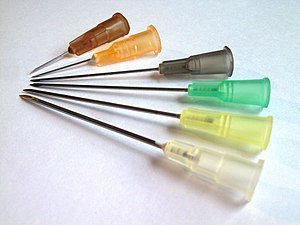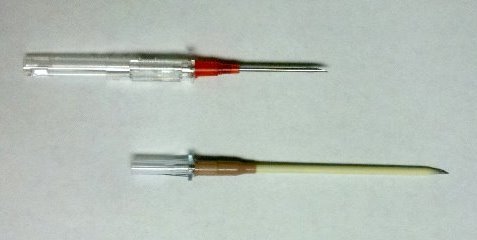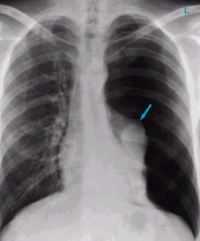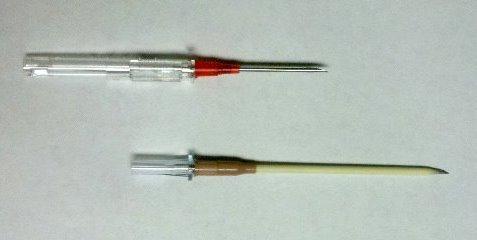Yesterday, I wrote about one of the weirder measurement systems in medicine, the French (or Charrière) system for catheter sizes. Today, I’ll deal with another arcane system, the gauge system for hypodermic needles.

I’ve always wondered how this worked. Lower numbers somehow indicate bigger needles. And to make it more confusing, there are two conflicting gauge systems, the Birmingham Wire Gauge (aka the Stubs Iron Wire Gauge) and the Stubs Steel Wire Gauge. Confusing, right? And these two are actually a little different.
Hypodermic needle sizes are based on the Birmingham gauge system (G). The Gauge indicates the outer diameter (OD) of the wire used to make the needle, but is inversely related to it. And to top it off, there is no real mathematical formula that relates gauge to the OD. If you are that interested, you have to consult a printed table.
Needle gauge ranges from 7G (4.57mm OD) to 34G (0.18mm OD). There is also little correlation of the inner diameter to gauge, as the wall thickness decreases as the OD of the needle decreases. As an interesting tidbit, there is an International Standards Organization (ISO) standard for single-use needles that determines the color coding of the hub. I always wondered who thought those up!
Okay, so needle gauge is based on the size of the wire used to make them. What about IV catheters? Just to make it more confusing, IV catheter size indicates the size of the needle used to insert them. So an 18G IV catheter has an inner diameter that is almost identical to the OD of its needle. The outside diameter of the catheter will be a tiny bit bigger. Got it?!
So there you have it. Amaze your friends with your arcane knowledge about tubes and needles and catheters!



